At first glance, the exhibit inside Chicago’s Art Institute is a gallery full of identical black pictures lining the walls, but as viewers get closer they see the intricate black and white films which photographer Dawoud Bey used to recreate nights faced by runaway slaves in the 1800s.
Bey’s exhibit, named “Night Coming Tenderly, Black” after a line by Harlem Renaissance poet Langston Hughes, chronicles the journey of tens of thousands of slaves running toward freedom through photographs. The series focuses on the landscapes of Ohio and Lake Erie, the points that once symbolized freedom for slaves because they were the last obstacles before reaching Canada.
Each scene — images of old houses or moving waves — is in varying shades of monochrome black. The images transport viewers to a recreated night in the 1800s. Bey’s work lets viewers look through the eyes of those fleeing toward a better life and brings the Underground Railroad into a modern context.
“I think it’s sort of interesting to think about how the people going through the Underground Railroad experienced it,” said student Zion Gifford, 18. “In school, we normally learn about the people running it and not a lot about the people going through it to find freedom from slavery.”
One point of Bey’s work that draws viewers in is the striking black composition. From far away, the piece looks like a solid color canvas, but as audiences become curious and get closer, they begin to see scenes rural Ohio that were hiding behind the low contrast of the photograph. The darkness forces the viewer to look at the image in a different light.
Ivan Esqueva, a 38-year-old architect, was drawn to the exhibit for its uniqueness and peculiarity. He said he had never seen photographs like them before.
“I enjoyed how the ideas appear in these black empty canvases that in the end, they’re not empty,” said Esqueva. “There’s a lot of things going on but sometimes the lack of color lets us see things.”
While some were interested in the creativity of the concept, other viewers were struck by the emotions the photographs evoke and how Bey was able to portray historic moods and feelings from landscape portraits.
One photograph, for example, “Untitled #18,” shows a darkly lit winding stream with wild trees and shrubs and a house is hidden in the corner. The piece gives its viewer a similar sense of uncertainty to what slaves may have experienced when approaching homes that were meant to give them asylum.
“It’s very emotional,” said Janneal Gifford, 39. “The point that you’re feeling the darkness as people would try to move toward freedom through Ohio at night was really powerful.”
Viewers like Gifford were transported to the point in time when the underground railroad was a means of survival. Over 150 years later, they are forced to reckon with the inequality still present in this country.
“We still have a long way to go and some people are still fighting for their freedom,” Gifford said.

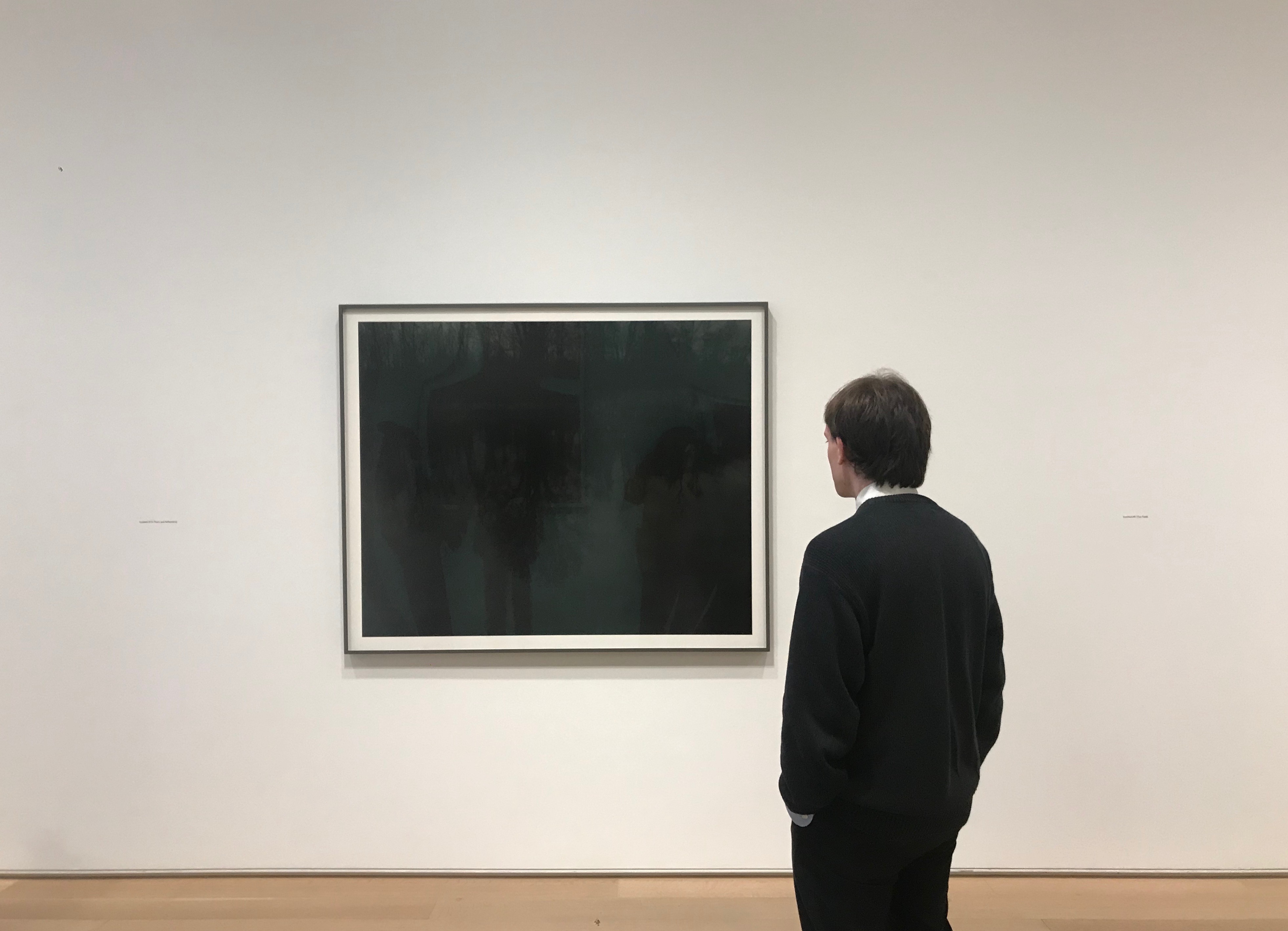
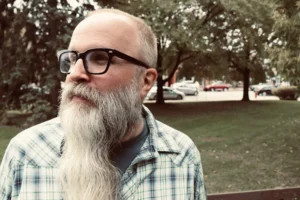




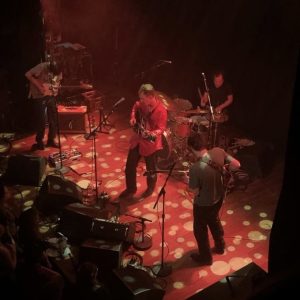


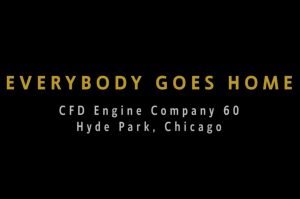
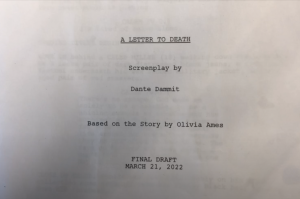


Be First to Comment